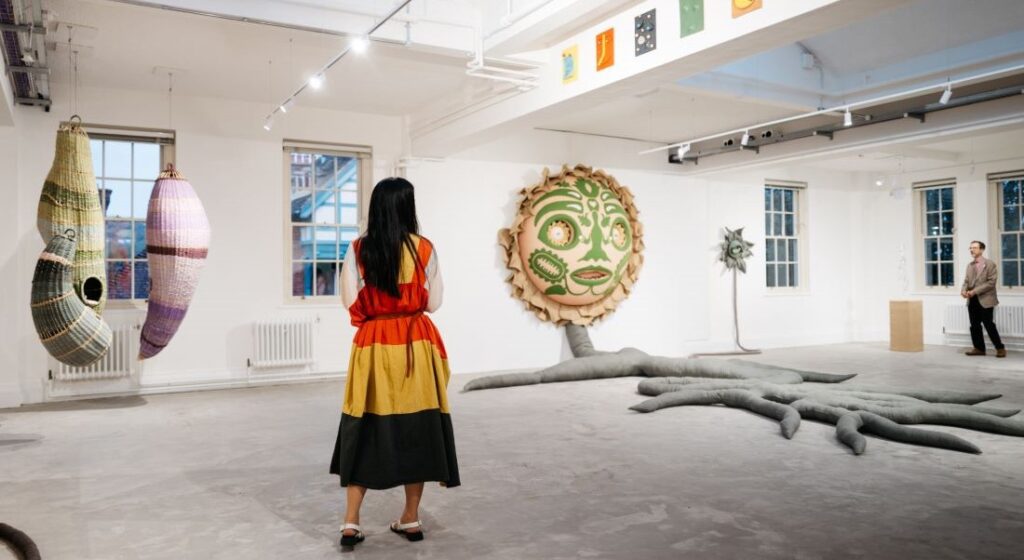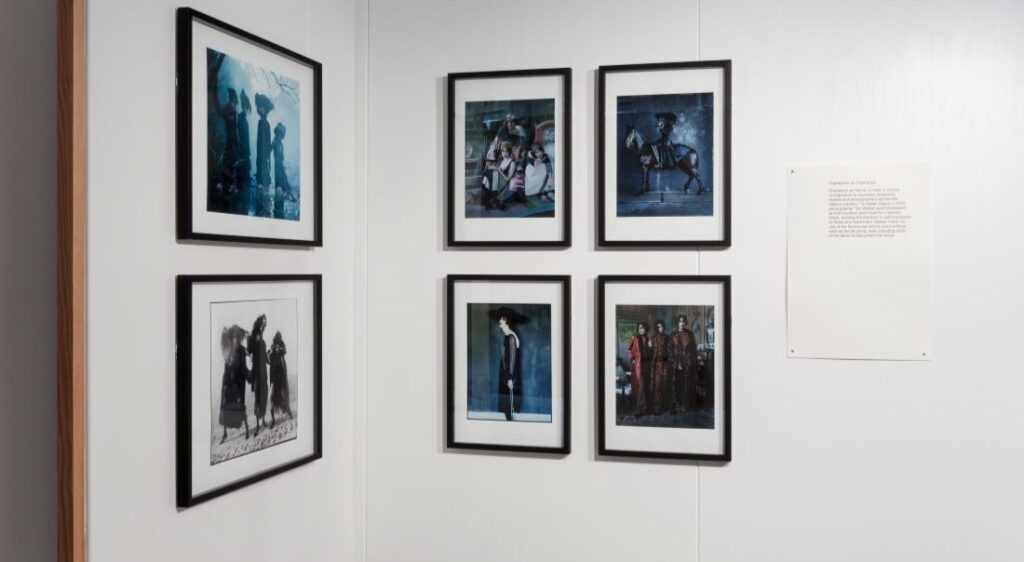This website uses cookies so that we can provide you with the best user experience possible. Cookie information is stored in your browser and performs functions such as recognising you when you return to our website and helping our team to understand which sections of the website you find most interesting and useful.
How the artistic and social legacy of the Bloomsbury Group lives on at Charleston
By Judy Cogan | 2 November 2023 | Arts, Culture
Discover the East Sussex retreat of the Bloomsbury Group, once home to Vanessa Bell and Duncan Grant, through a new exhibition in Lewes

If the walls of Charleston, the modernist home of artists Vanessa Bell and Duncan Grant, could talk they’d tell a thousand tales of the creatives who lived there for over 60 years — the discussions, the art, the parties and love affairs at the very heart of the Bloomsbury Group.
In 1916, on Virginia Woolf’s recommendation, Bell and Grant moved into the 16th-century house with Bell’s sons, Julian and Quentin, and Grant’s lover, the writer David Garnett. Walking around the house in East Sussex, you’ll see swirls of dusty pink paint, jet-black brushstrokes and gold chevrons, wardrobes decorated with honey-yellow swirls and framed self-portraits alongside colourful free-hand murals.
“It very much feels like they have just left a room,” says Darren Clarke, head of collections at The Charleston Trust, set up in 1980 to restore the house to its 1950s heyday. “The worst thing would be if it felt like a shrine to Vanessa Bell and Duncan Grant. It’s not a history lesson. The conversations they were having still have a lot of relevance today.”
The chalk hills and open flats of land outside offered peace and privacy for the intellectual and artistic group, which included author TS Eliot, art critic Roger Fry and economist John Maynard Keynes, among others. It was their sanctuary from the impact of two world wars and the confines of society. This privacy extended to the walled garden, redesigned in 1918 by Fry, with a rectangular lawn, gravel paths and flowerbeds, filled with flowers the group loved to paint. According to Darren, it was a “really special” place for creativity and quiet contemplation.
“It all started with a generation of young people, all from privileged backgrounds, out to find the freedom to live their own lives and to love who they wanted to love,” he says. And it wasn’t without trouble. “There was lots of jealousy and lots of arguments, but they gave it a go on their own terms,” he adds. “It’s such an important part of our history: for women’s rights and feminism and queer rights and art. The whole ethos of the Bloomsbury Set was that friendship was the defining thing that brought them together. There was no agenda, no dogma, no manifesto. But they did believe that truth and honesty are really important and there was also a lot of fun and laughter, too.”

Today the trust invites artists from myriad interdisciplinary backgrounds to showcase their work. In 2018 the farm buildings onsite were converted into five new gallery spaces. An airy restaurant serves Italian street food, freshly made pasties and locally brewed coffee.
British fashion designer Kim Jones recently showcased his first Fendi couture collection at Charleston. A new exhibition: Bring No Clothes: Bloomsbury and Fashion, running until January 2024, explores the dynamic relationship between the Bloomsbury Group and its impact on 21st century fashion. The exhibition unfolds through a mix of contemporary fashion, historic artwork, objects and ephemera – many never seen before, such as portraits by Grant and Bell as well as catwalk fashion from Dior, Fendi, Burberry and Erdem. The exhibition was curated by British fashion journalist Charlie Porter, and is accompanied by a coffee table book of the same title.
“The Bloomsbury Group engaged with fashion in dynamic ways, from philosophical thinking to radical dressing,” says Charlie. “Bring No Clothes uses garments to shed new light on their lives, as well as bring insight into how we dress today. By mixing together the past with the present, I hope the show encourages visitors to reconsider their future relationship with fashion.”
The exhibition is housed in a new venue in Lewes, seven miles down the road from Charleston. For Darren, the juxtaposition between old and new artists is “very exciting”.
“It’s not about what artist is making work that looks most like Vanessa Bell’s or who’s writing just like Virginia Woolf. We look at who’s doing really interesting work and I think that love and the passion the group can still generate is a potent and exciting thing.”
Bring No Clothes: Bloomsbury and Fashion, until 7 January 2024; charleston.org.uk







